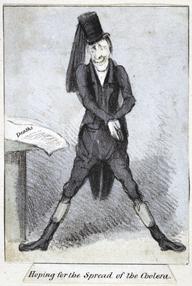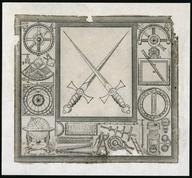













‘NSEW’ Drawing Machine developed and built by Dr Jack Tait, Clyro, Herefordshire, England, 2012
Many drawing machines have been based on the X:Y plotter design using the horizontal x and vertical y Cartesian coordinates. What makes the ones built by Jack Tait different is that he added both pen lift and pen rotation into the programming. The NSEW in their name refers to 'north-south-east-west'.
This version uses a linear X and Y progression. The principle behind NSEW machines is that the pen may 'choose' any of the four directions at any time. Unlike other machines, they are depedent on a time programmer where the motors are switched sequentially. The pen unit can also be replaced with a light pen unit.
This machine is part of a group developed and built by Tait as part of his work over 50 years investigating the role of machines in making art and specifically how simple instructions can create complexity. The final drawings created are known as ‘taitographs’ and can be regarded as generative art where an external device is instructed to make an artwork on behalf of the artist.
Usually, the machines are digital computers instructed by specially written algorithms but in Tait’s case, programming is always based on not knowing what the outcome may be and is not a written algorithm. Instead, its programmes make use of the vagaries of linkages, D.C. motor characteristics and disrupted deterministic controls to achieve a quasi-random result.




